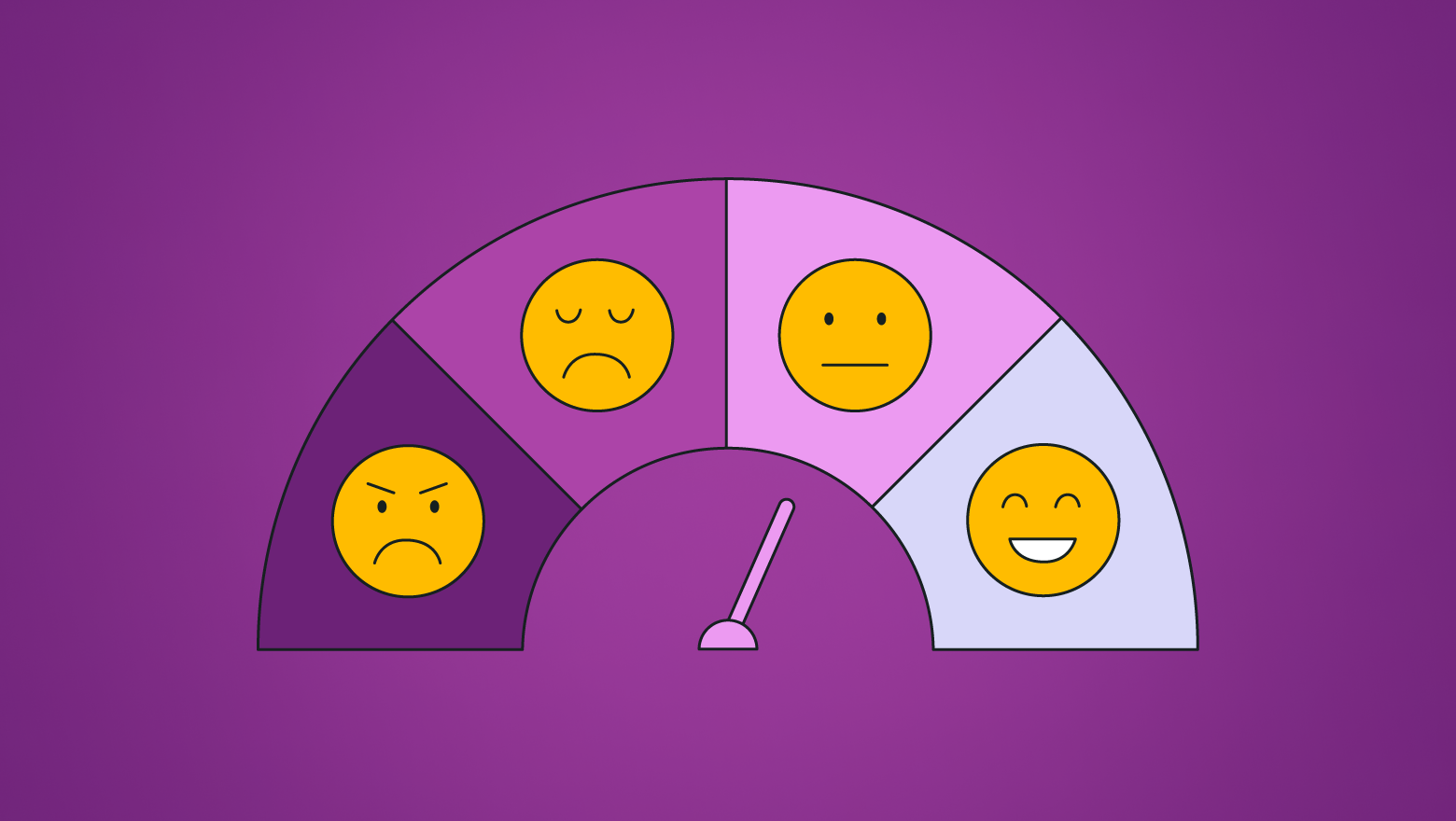List Of Contents
- 0.1 1. Introduction to Sentiment Analysis
- 0.2 2. The Growth of Sentiment Analysis in Politics
- 0.3 3. The Technology Behind Sentiment Analysis
- 0.4 4. Tracking Public Opinion
- 0.5 5. Campaign Strategies and Messaging
- 0.6 6. Policy Analysis and Public Reaction
- 0.7 7. Media Monitoring and Analysis
- 0.8 8. Election Forecasting and Analysis
- 0.9 9. Enhancing Political Engagement
- 0.10 10. Challenges and Limitations
- 0.11 11. The Future of Sentiment Analysis in Politics
- 0.12 12. Ethical Considerations and Privacy
- 0.13 Conclusion
- 1 Author
In the rapidly evolving landscape of modern politics, sentiment analysis has emerged as a crucial tool. This technology, which leverages natural language processing (NLP) and machine learning, is used to gauge public opinion by analyzing emotions and attitudes expressed in various digital texts. This 1000-word article explores the rise of sentiment analysis in politics and its multifaceted role.
1. Introduction to Sentiment Analysis
Sentiment analysis, often referred to as opinion mining, involves evaluating written or spoken language to determine the emotional tone behind a statement. With the advent of social media and online platforms, it has become a significant method for analyzing large volumes of data to understand public sentiment.
2. The Growth of Sentiment Analysis in Politics
The political realm has seen a surge in the use of sentiment analysis, primarily due to the increasing online engagement of the populace. Politicians and parties use it to gauge public reaction to policies, speeches, and events. Media outlets and researchers also employ sentiment analysis to study political trends and forecast election results.
3. The Technology Behind Sentiment Analysis
Sentiment analysis in politics relies on advanced NLP algorithms and machine learning techniques. These technologies parse text from social media posts, news articles, blogs, and speeches to identify and classify opinions as positive, negative, or neutral. The process involves understanding context, sarcasm, irony, and other linguistic nuances.
4. Tracking Public Opinion
One of the primary uses of sentiment analysis in politics is tracking public opinion over time. By analyzing social media and online content, political parties and analysts can get real-time insights into public opinion, going beyond traditional polling methods that might be slower and less dynamic.
5. Campaign Strategies and Messaging
Political campaigns increasingly rely on sentiment analysis to tailor their strategies and messaging. By understanding voter sentiments, campaigns can adjust their communication, focus on relevant issues, and engage more effectively with potential voters. It also helps in damage control and crisis management by quickly gauging public reaction to controversies or missteps.
6. Policy Analysis and Public Reaction
Sentiment analysis is instrumental in evaluating public reaction to government policies and legislative changes. This feedback is valuable for policymakers to understand the acceptance or resistance towards their decisions and to make informed adjustments or clarifications.
7. Media Monitoring and Analysis
Media outlets use sentiment analysis to track political news coverage and public reactions to it. This helps in understanding the media landscape – which topics are gaining traction, which are controversial, and how different outlets might be influencing public opinion.
8. Election Forecasting and Analysis
Election forecasting has been revolutionized by sentiment analysis. By analyzing sentiments expressed in social media and online platforms, analysts can predict voting trends and potential election outcomes. While not always entirely accurate, these predictions provide valuable insights into voter behavior and preferences.
9. Enhancing Political Engagement
Sentiment analysis tools enable politicians and governments to engage more effectively with the electorate. By understanding public sentiment, politicians can address concerns more directly, engage in meaningful dialogues, and build stronger connections with their constituents.
10. Challenges and Limitations
Despite its advantages, sentiment analysis in politics faces challenges. The accuracy of sentiment analysis tools can be affected by ambiguous language, cultural nuances, and the complexity of political discourse. Additionally, there are concerns about privacy and the ethical use of data gathered from public online platforms.
11. The Future of Sentiment Analysis in Politics
The future of sentiment analysis in politics is likely to see more sophisticated algorithms capable of deeper contextual understanding and greater accuracy. As artificial intelligence and machine learning technologies advance, sentiment analysis will become an even more integral part of political strategy and analysis.
12. Ethical Considerations and Privacy
As sentiment analysis becomes more prevalent, ethical considerations and privacy concerns come to the forefront. Ensuring that data is used responsibly, protecting individual privacy, and maintaining transparency in how sentiment analysis is employed are critical challenges that must be addressed.
Conclusion
Sentiment analysis has become a transformative tool in modern politics. Its ability to provide real-time insights into public opinion has changed how political strategies are formulated, policies are evaluated, and elections are approached. As technology continues to evolve, so too will the role of sentiment analysis in shaping the political landscape. However, it is imperative that its use is balanced with ethical considerations and respect for privacy to ensure that it serves as a tool for positive engagement and understanding in the political process.

